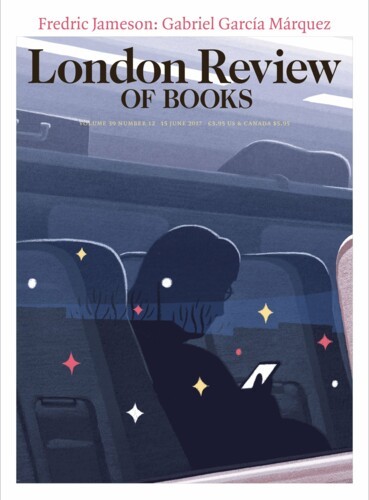It is very easy to die here
Rachel Nolan: Who killed the 43?, 4 April 2019
A Massacre in Mexico: The True Story behind the Missing 43 Students
by Anabel Hernández, translated by John Washington.
Verso, 416 pp., £16.99, October 2018,978 1 78873 148 5 Show More
by Anabel Hernández, translated by John Washington.
Verso, 416 pp., £16.99, October 2018,
I Couldn’t Even Imagine that They Would Kill Us: An Oral History of the Attacks against the Students of Ayotzinapa
by John Gibler.
City Lights, 264 pp., £12.99, December 2017,978 0 87286 748 2 Show More
by John Gibler.
City Lights, 264 pp., £12.99, December 2017,
“... a memorial service is held in the plaza in the Tlatelolco area of Mexico City where the massacre took place. This is where the students attacked in Iguala planned to go, and this was why they commandeered the buses, boarding with their faces covered and forcing the drivers to take them where they asked. The practice is known as ‘kidnapping’ buses, and ... ”
